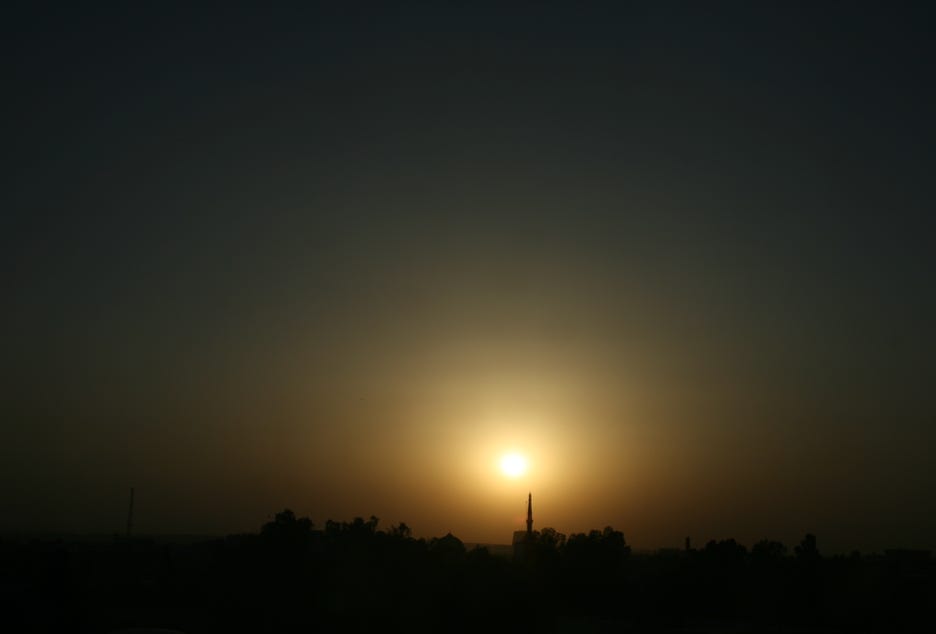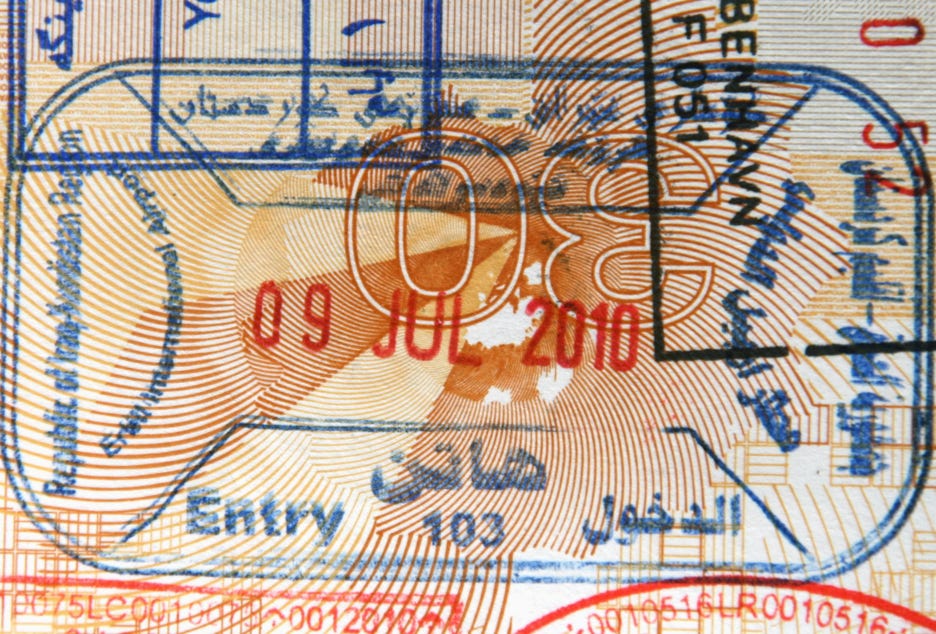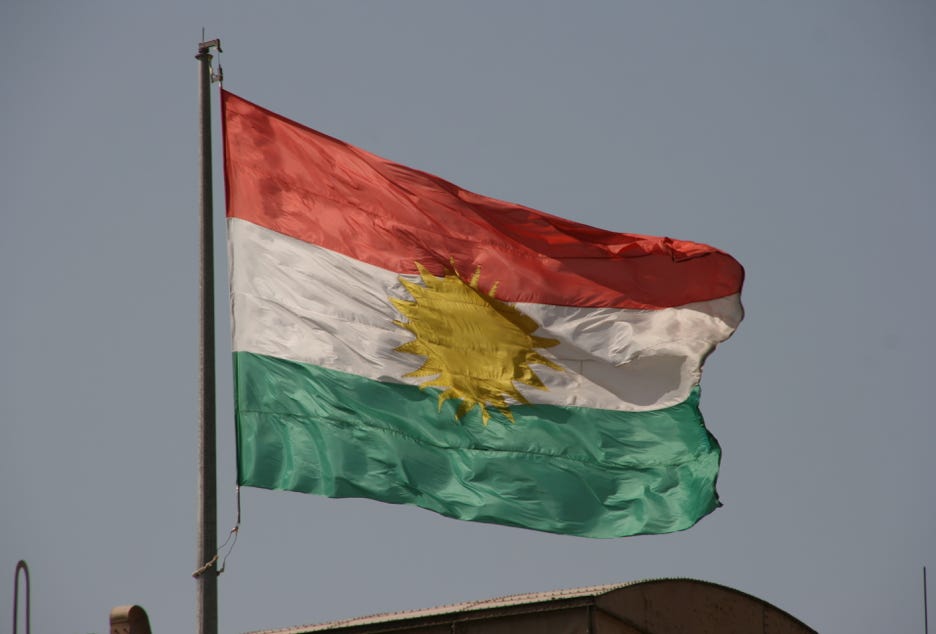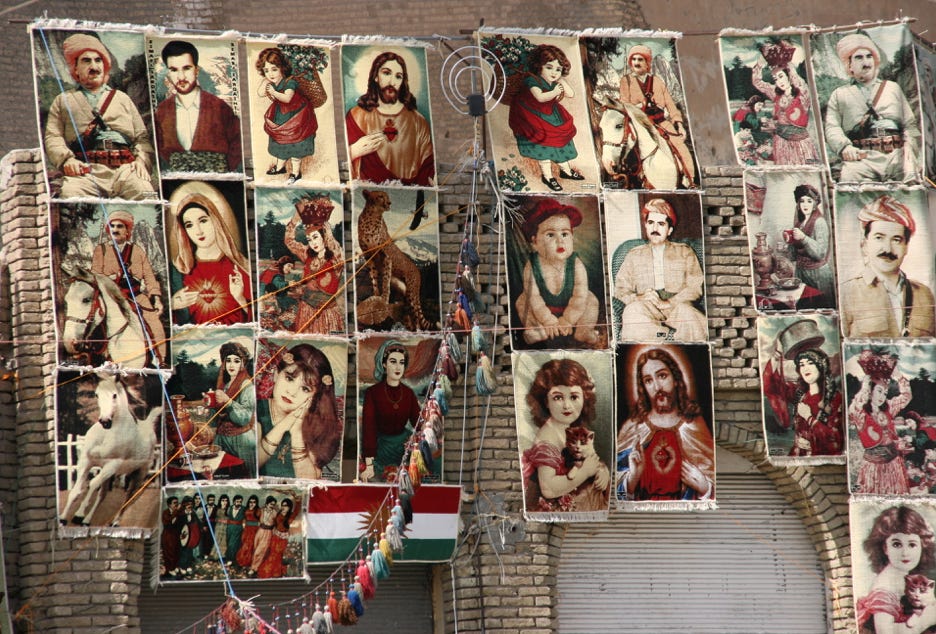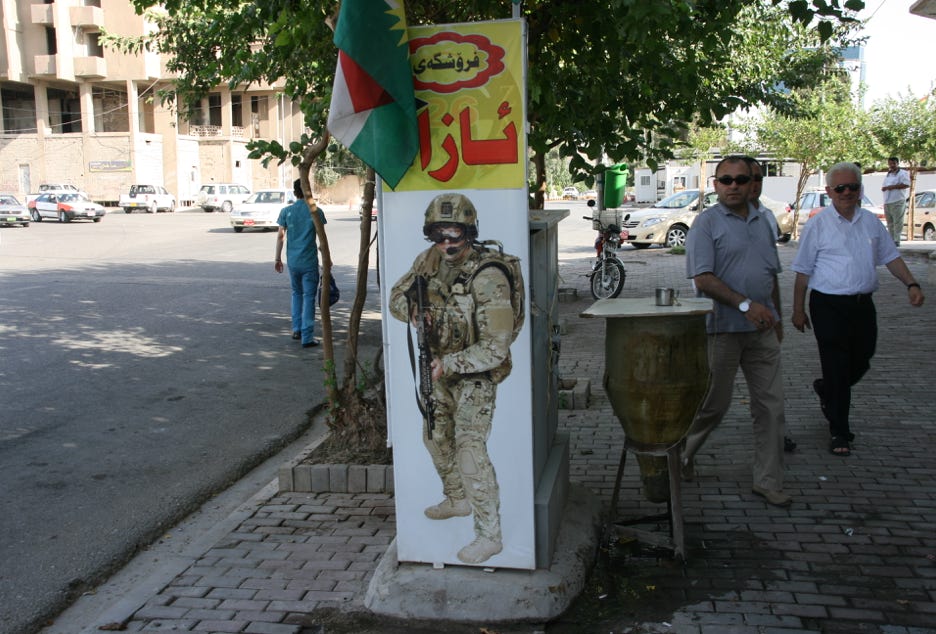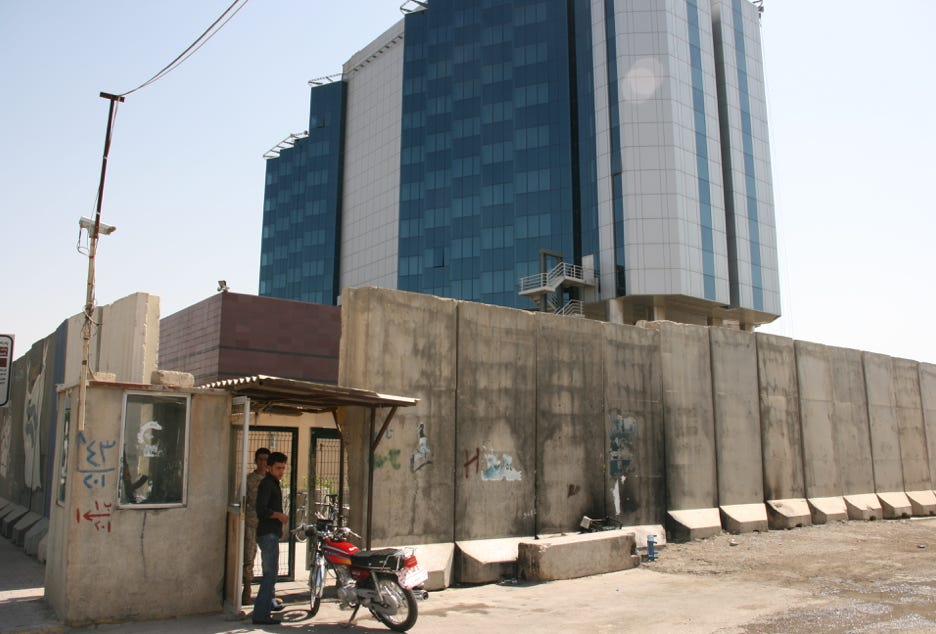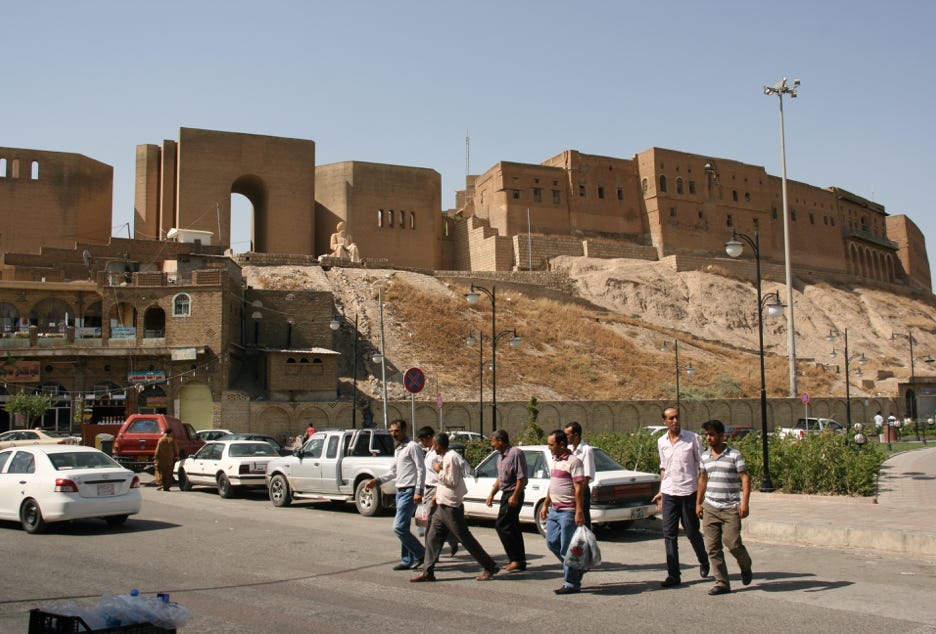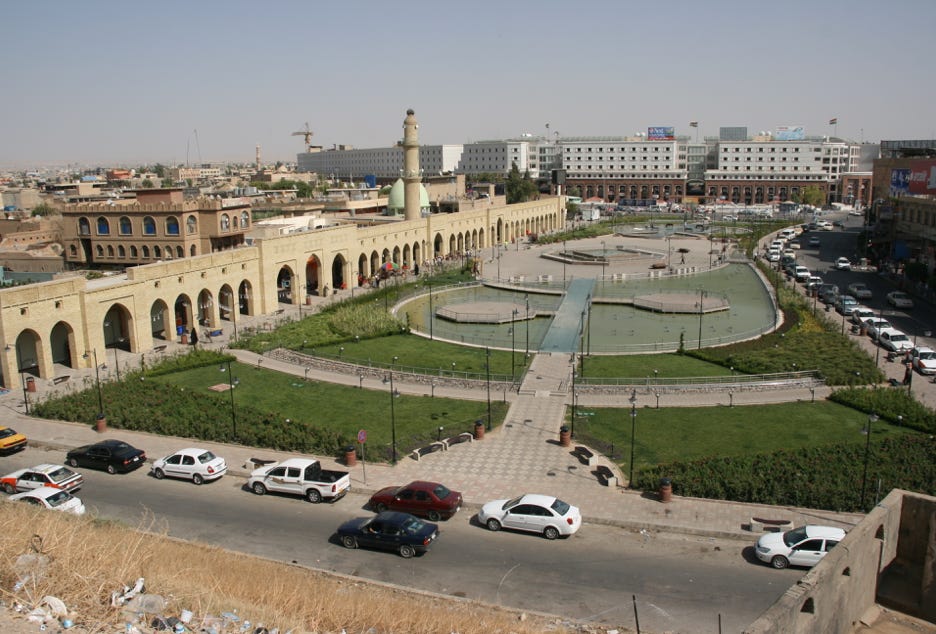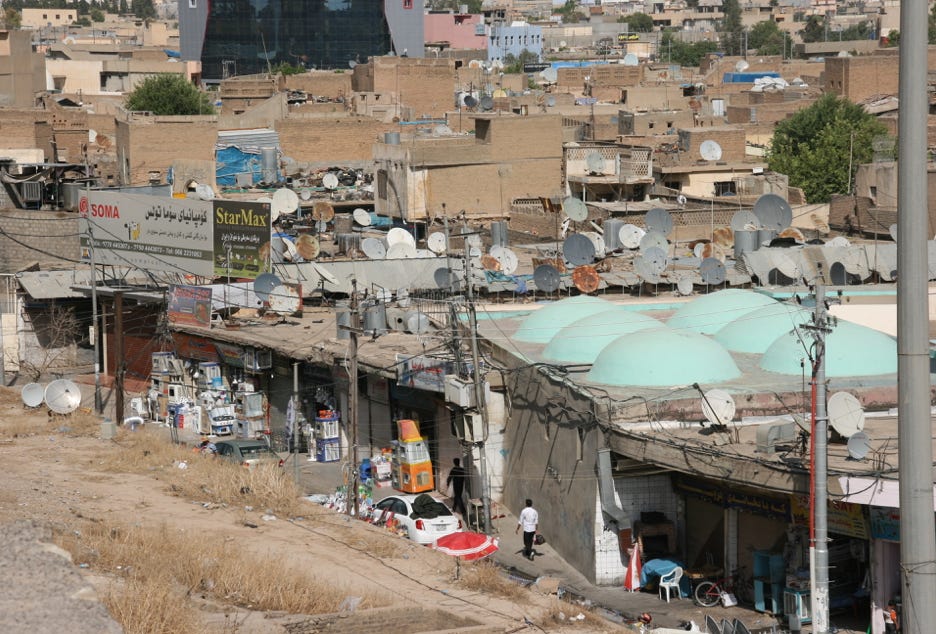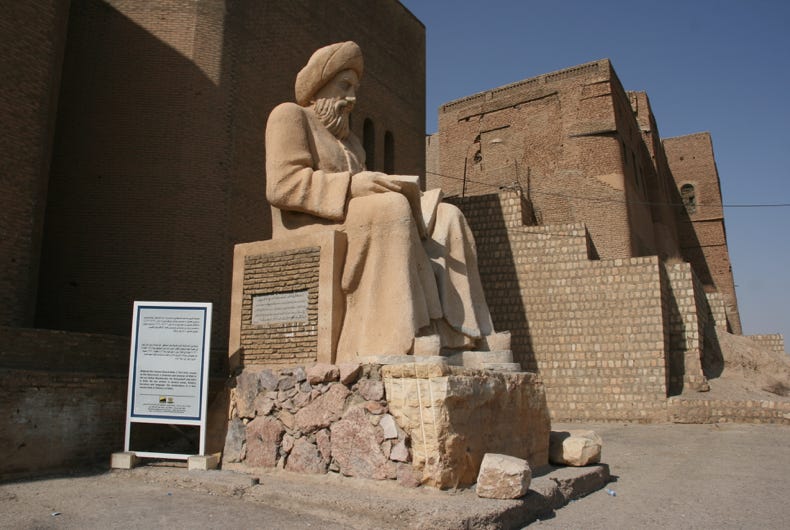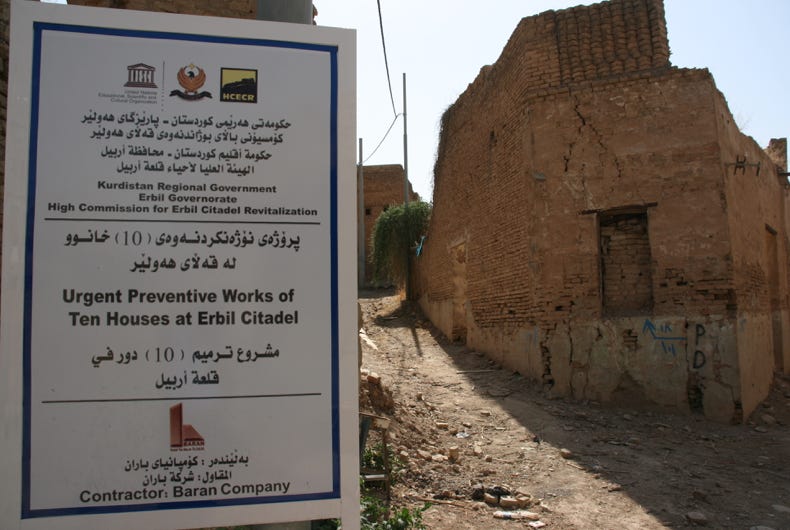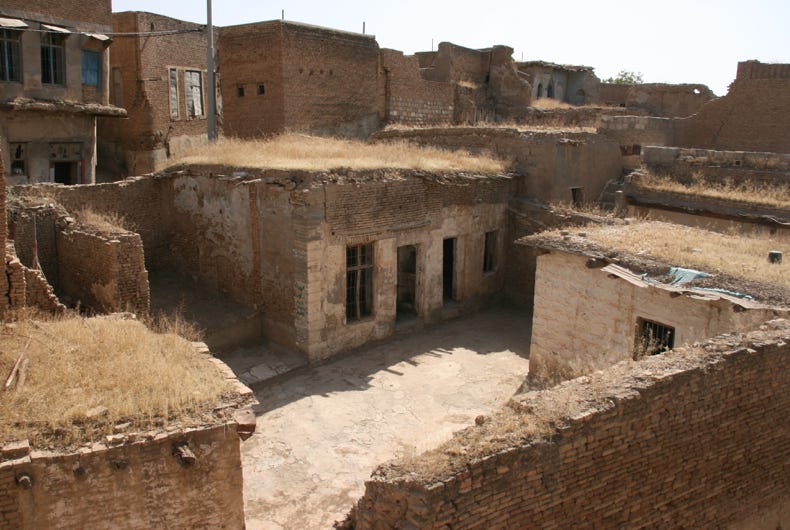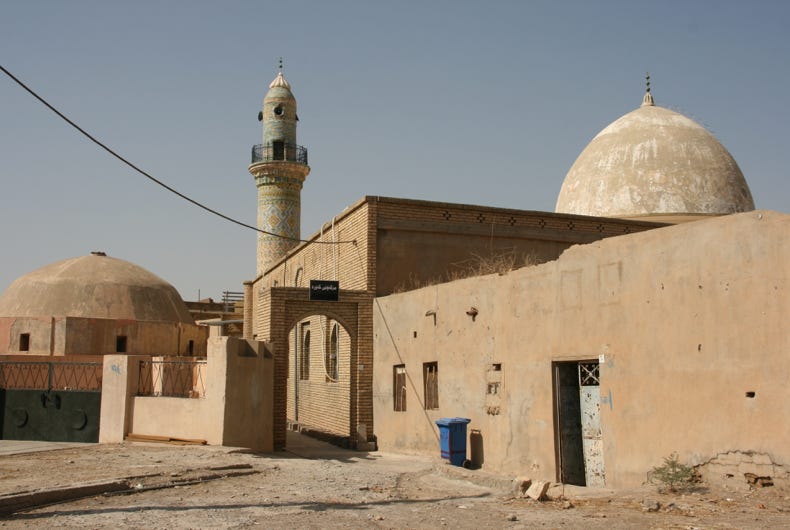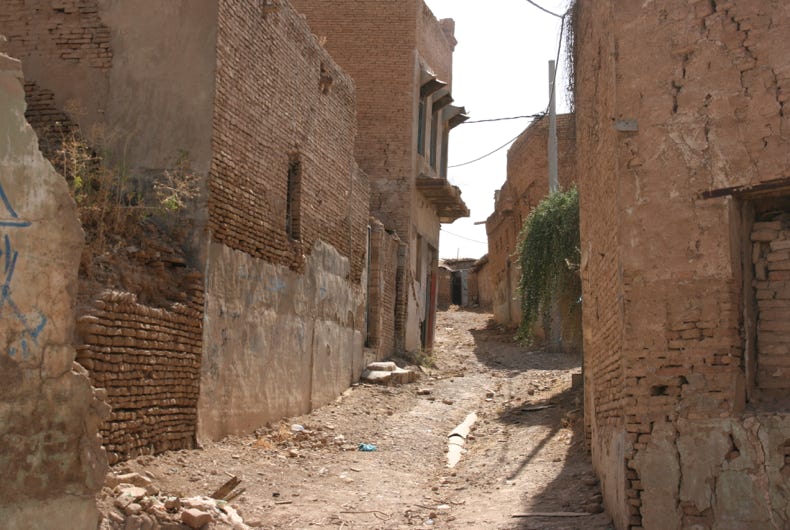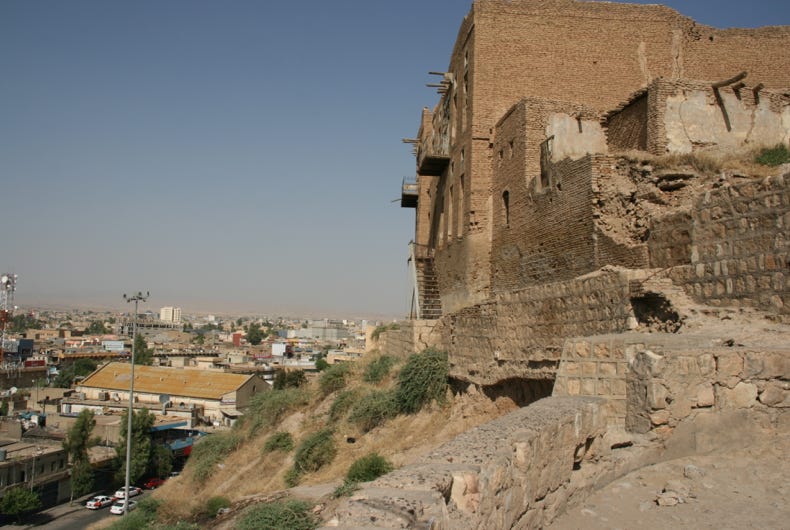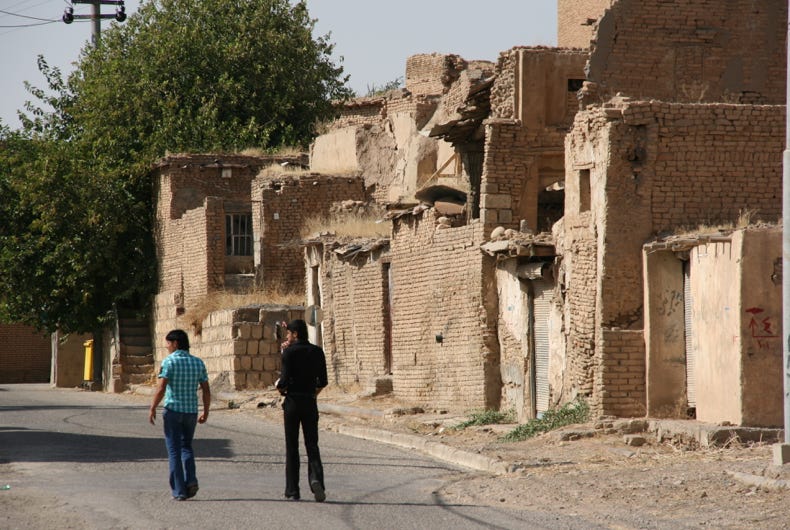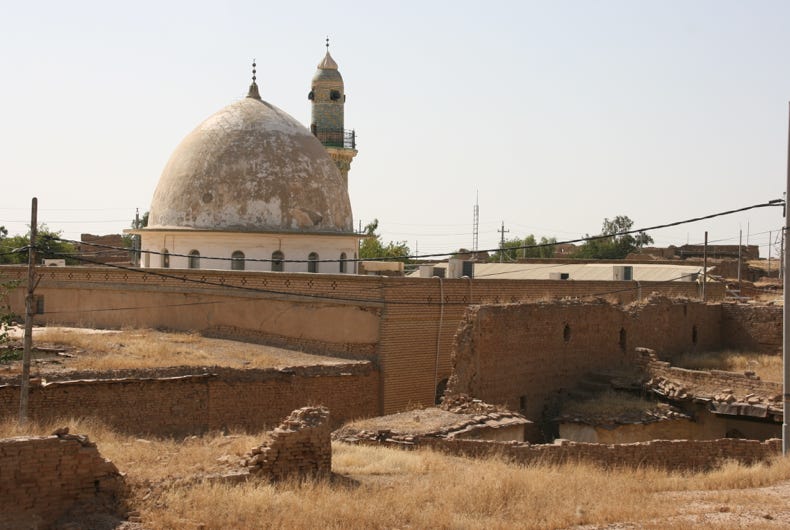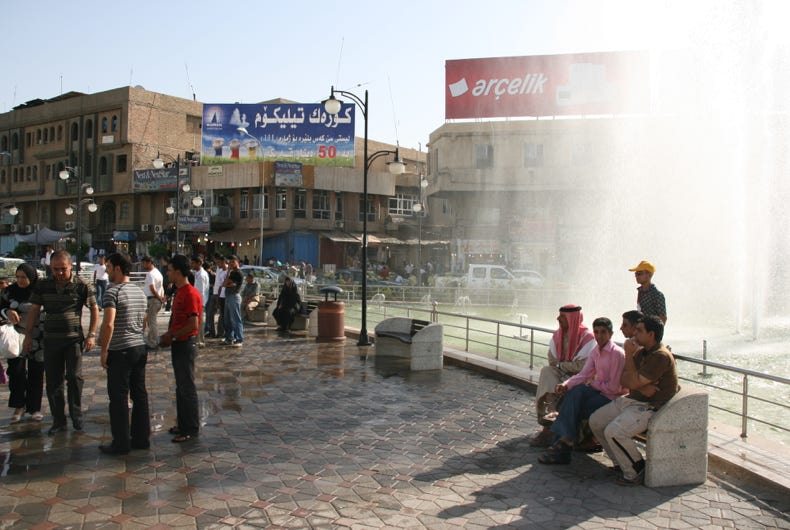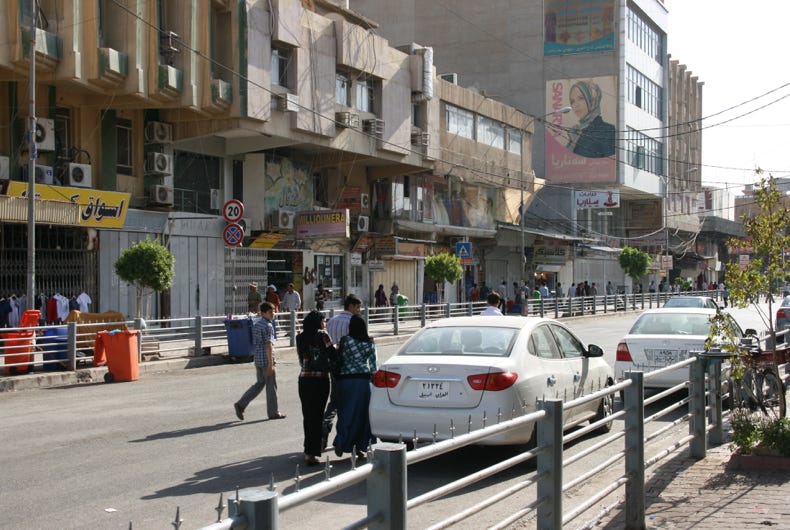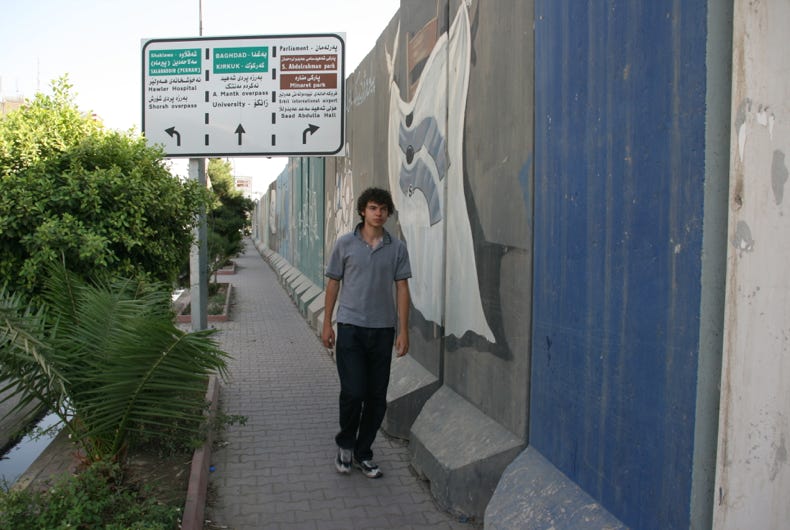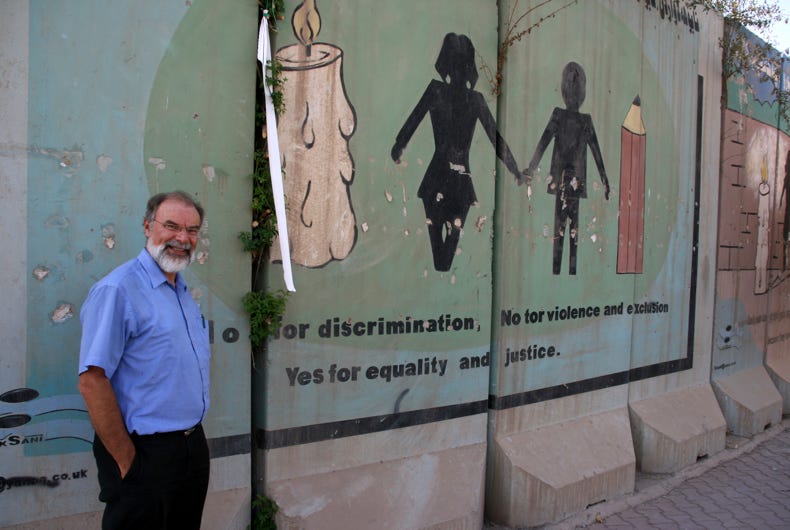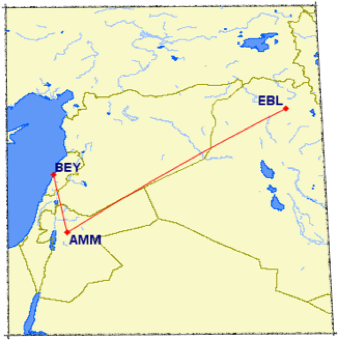
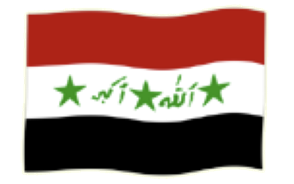

Of course I had to include Iraq on my list of places to see on this Middle East trip. How could I come so close and not venture into the country that has been a focus of international tensions for the past decade, and more?
Categorising myself as a curious but sensible traveller, I researched the situation here thoroughly before making any bookings. The more I researched, the clearer it became that Iraq is increasingly behaving as though it were two countries, a little like China’s “One Country, Two Systems” model.
There is the Iraq that is always in the news, with its frequent unrest, bombings, kidnappings and violence, the Iraq whose capital city is Baghdad. And then there is ‘the other Iraq’ - Kurdistan - in the north of Iraq, with its capital city Erbil.
Officially they are the same country, but in practice they are different worlds. Most of Kurdistan is safe and secure, and in many places, it is booming financially. The same currency is used in both parts of the country, but Kurdistan has its own flag, its own immigration service (see my passport stamp in the photo), and its own army (which by all accounts is far more effective than the army in the south). Even the English language newspaper is called “The Kurdish Globe” and it celebrates Kurdistan’s separate identity, such as the article about how Kurdistan’s reporters have drawn international praise for the quality of their commentaries on the FIFA World Cup – something that may have slipped past the world’s other media. Most of the articles never refer to ‘Iraqi Kurdistan’, but simply to ‘Kurdistan’.
The difference arises because the Kurds see the US as having liberated them from the tyranny of Saddam Hussein, whereas many people among the Arab population to the south see the US as an alien invading force.
I was interested to see whether Iraq might have more or fewer machine guns per square metre than Lebanon. In a close contest, I would say that Lebanon has the greater density. Nonetheless, there are guns a-plenty on the streets of Erbil, with soldiers patrolling the streets, armed security guards at the entrances of many compounds, and of course, at our hotel. Our hotel is completely surrounded by a thick, high concrete wall that I don’t believe any suicide bomber could penetrate. The car driveway is controlled by guards with machine guns and is effectively an obstacle course around huge concrete blocks, and as anyone enters the main building, he or she must pass through metal detectors and have their bags searched under a large sign that says “It is a condition of entry that no weapons are brought into this hotel”. Fortunately, some sections of the concrete wall that face the main road have been softened somewhat with paintings displaying more positive messages.
Erbil is sometimes described as the “new Dubai”, with lots of new building, hundreds of cranes, and so on. Having walked around Erbil today, I think that description is more than a little over-generous. There is new construction occurring, but the scale is quite modest and Erbil certainly lacks the energy of a place like Dubai, even accounting for the fact that we were exploring on a Friday, which is the holy day of rest here.
The ultimate destination of our walk today was the Citadel, which marks the centre of the city of Erbil. In ancient times, Erbil was part of Mesopotamia, and the origins of the city as an urban centre date back to at least 2000 BC. During its history, the city has been occupied by Akkadians, Sumerians, Assyrians, Persians and Greeks, and in about 100 AD it became a centre of Christianity until conquered by Muslim armies in 642 AD. It is claimed that the Citadel in Erbil is the longest continuously inhabited urban area in the world, having been settled continuously since Neolithic times 8000 years ago.
In recent years the area served as a home to 3000 of Erbil’s poorest people, mainly refugees from other war-torn areas of Iraq. Because of the damage they were causing to what were regarded as heritage buildings, they were forcibly relocated and the area became a ghost town, with just one family now remaining in order to leave unbroken the chain of ‘continuous habitation’.
In many ways, I found the Citadel to be a somewhat depressing place, run down, litter-strewn and derelict, and it took quite a bit of imagination to imagine it in its heyday. Nonetheless, renovation work seems to be starting, and perhaps this will restore the area to the vibrant, functioning community that it could be.
Some work has already been done to restore the external facade of the Citadel, including the erection of a large statue of Mubarak Ben Ahmed Sharaf-Aldin (who you may know better as Ibn Almustawfi), the world-famous Kurdish writer and historian who lived from 1169 to 1239 and and author of the well-known four volume History of Erbil.
This gesture towards validating Kurdish identity was reinforced at the foot of the Citadel by a carpet shop (unfortunately closed today, being Friday) with an amazingly esoteric display of designs, many of which honoured various Kurdish identities. Presumably these rugs were designed to be used on walls rather than to be walked upon!
When we emerged from the Citadel, we were presented with a wonderful view of Erbil’s pride and joy, the recently (in 2006) opened Martyr Sami Abdul- Rahman Park. This oasis of fountains, pathways, lawns and lakes was built on the site of what used to be Saddam Hussein’s 5th Corps Army, the feared group that carried out torture and persecution of the Kurds. Just across the road from Erbil’s main souq area, the park was very popular in the late afternoon today when we were there because the day was so hot - groups of men (men comprising 98% of those present) were simply standing or sitting in the spray of the fountains to cool down.
Impressive though the Martyr Sami Abdul-Rahman Park was, it was far from typical of Erbil’s present urban landscape. Standing in the same place at which the photo of the park below right was taken, I turned 30 degrees to the left and was confronted with a totally different view (see the next photo). Erbil, like Iraq itself, is certainly a place of stark contradictions.
Even though the temperature was “just” 42°C, much cooler than I had endured during the heat wave in Egypt, Andrew was really feeling the heat after our explorations – probably a combination of tiredness, thirst and the heat. Thus, we sat down and had some bottled water, followed by a freshly squeezed cherry juice, and headed back to the hotel.
As we did so, we passed the main highway south to Baghdad and Kirkuk. Those infamous names provided a sober reminder that we are visiting a war-torn and unstable country where people are still suffering from random violence in ways that makes world news almost every day. However, Kurdistan is probably a good model of what Iraq could become if political stability and security could be guaranteed. People are generally very relaxed on the streets despite the omnipresence of machine-gun wielding soldiers and guards, the economy seems to be growing, there are new buildings and urban development projects, and there is an emerging sense of national identity.
I am looking forward to exploring more of this fascinating area tomorrow as we head upcountry for the day.

